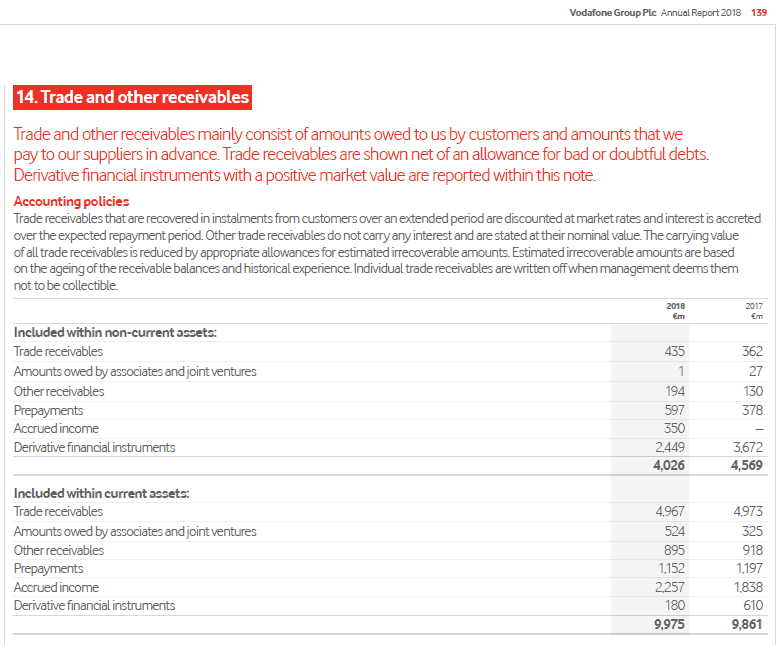Consumption Definition, Economics, Examples, Types, & Facts

Personal saving equals $100 billion (point E′)—the vertical distance between the 45-degree line and the consumption function. At an income of $500 billion, consumption totals $700 billion (point B). The consumption function lies above the 45-degree line at this point; personal saving is −$200 billion (point B′). A negative value for saving means that consumption exceeds disposable personal income; it must have come from saving accumulated in the past, from selling assets, or from borrowing. Watch this next video for more practice in graphing the consumption function. Then take it a step further to analyze what kind of impact an increase in income will have on consumer spending.
Changes in Real Wealth
Studying MPS helps economists determine how wage growth might influence savings. The marginal propensity to save is calculated by dividing the change in savings by the change in income. For example, if consumers saved 20 cents for every $1 increase in income, the MPS would be .20 (.20/$1) or 20%. The question of whether permanent or current income is a determinant of consumption arose in 1992 when President George H. W. Bush ordered a change in the withholding rate for personal income taxes.
Marginal Propensity to Save
Variables such as employment uncertainty, borrowing limits, or even life expectancy can be incorporated to modify the older, cruder function. The model of intertemporal consumption was first thought of getting paid for items youve sold by John Rae in 1830s and it was later expanded by Irving Fisher in 1930s in the book Theory of interest. This model describes how consumption is distributed over periods of life. When companies outsource part of their operations, they demonstrate the substitution effect. Cheaper labor in a different country or hiring a third party results in a drop in costs.
Consumption and household production
- The income effect doesn’t dictate the kinds of goods consumers will buy.
- MPC is important because it varies at different income levels and is the lowest for higher-income households.
- The consumption function shifts forward (or upward) when disposable income or accumulated wealth also increases.
- Consumption can also be measured in a variety of different ways such as energy in energy economics metrics.
He is known as the father of modern macroeconomics and the founder of Keynesian economics. This branch of economics suggests that governments should be actively involved in their economies. Rather than let their economies fall under the free market, Keynes said government spending can be used as a tool to cut back on weakness in the economy.

Module 10: The Income-Expenditure Model
A number of factors other than income can also cause the entire consumption function to shift. These factors were summarized in the earlier discussion of consumption. For example, changes in consumer expectations about the future, or changes in household wealth would cause the consumption function to shift up or down to a new consumption function that is parallel to the original one.
The marginal propensity to save (MPS) is the portion of each extra dollar of a household’s income that’s saved. The trade discount: recording calculating examples MPS indicates what the overall household sector does with extra income—specifically, the percent of extra income that is saved. While the substitution effect changes consumption patterns in favor of the more affordable alternative, even a modest reduction in price may make a more expensive product more attractive to consumers. If private college tuition is more expensive than public college tuition, consumers may choose the less expensive option. However, a small decrease in private tuition costs may be enough to motivate more students to attend. Consumption theories began with John Maynard Keynes in 1936 and were developed by economists such as Friedman, Dusenbery, and Modigliani.
In this chapter, however, our focus is on the choice households make between using disposable personal income for consumption or for personal saving. The relationship between consumption and disposable personal income is called the consumption function. It can be represented algebraically as an equation, as a schedule in a table, or as a curve on a graph.
One reason people save is to provide funds to live on during their retirement years. Another is to build an estate they can leave to their heirs through bequests. The amount people save for their retirement or for bequests depends on the income they expect to receive for the rest of their lives. For these and other reasons, then, personal saving (and thus consumption) in any one year is influenced by permanent income. Permanent income is the average annual income people expect to receive for the rest of their lives. Figure 28.3 “Consumption and Personal Saving” shows how the consumption function and the saving function are related.
A reduction in the level of consumption at each level of disposable personal income shifts the curve downward in Panel (b). The events that could shift the curve downward include a reduction in real wealth and a decline in consumer confidence. It is important to note carefully the what are employee and employer payroll taxes definition of the marginal propensity to consume. It is the change in consumption divided by the change in disposable personal income. It is not the level of consumption divided by the level of disposable personal income. The marginal propensity to consume is, as its name implies, a marginal concept.
Responses